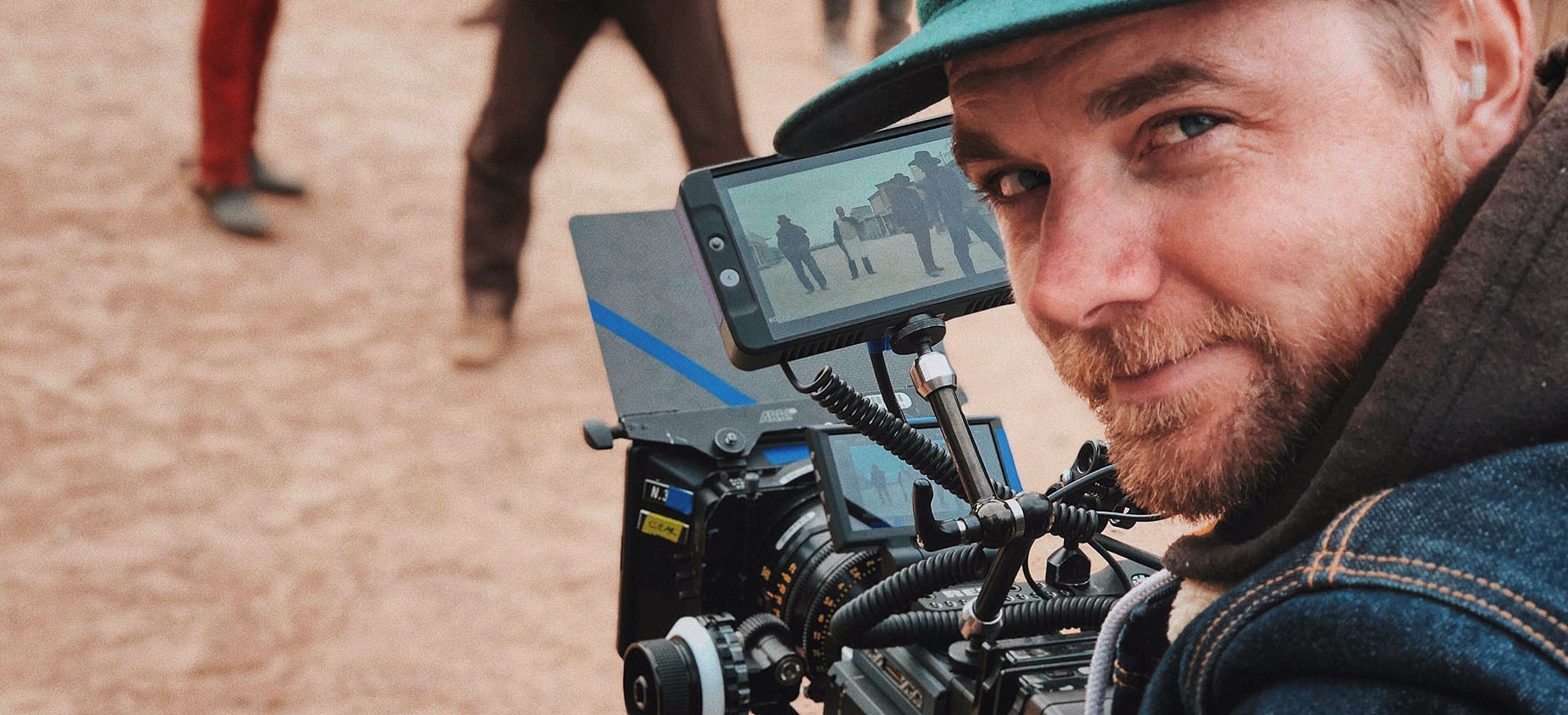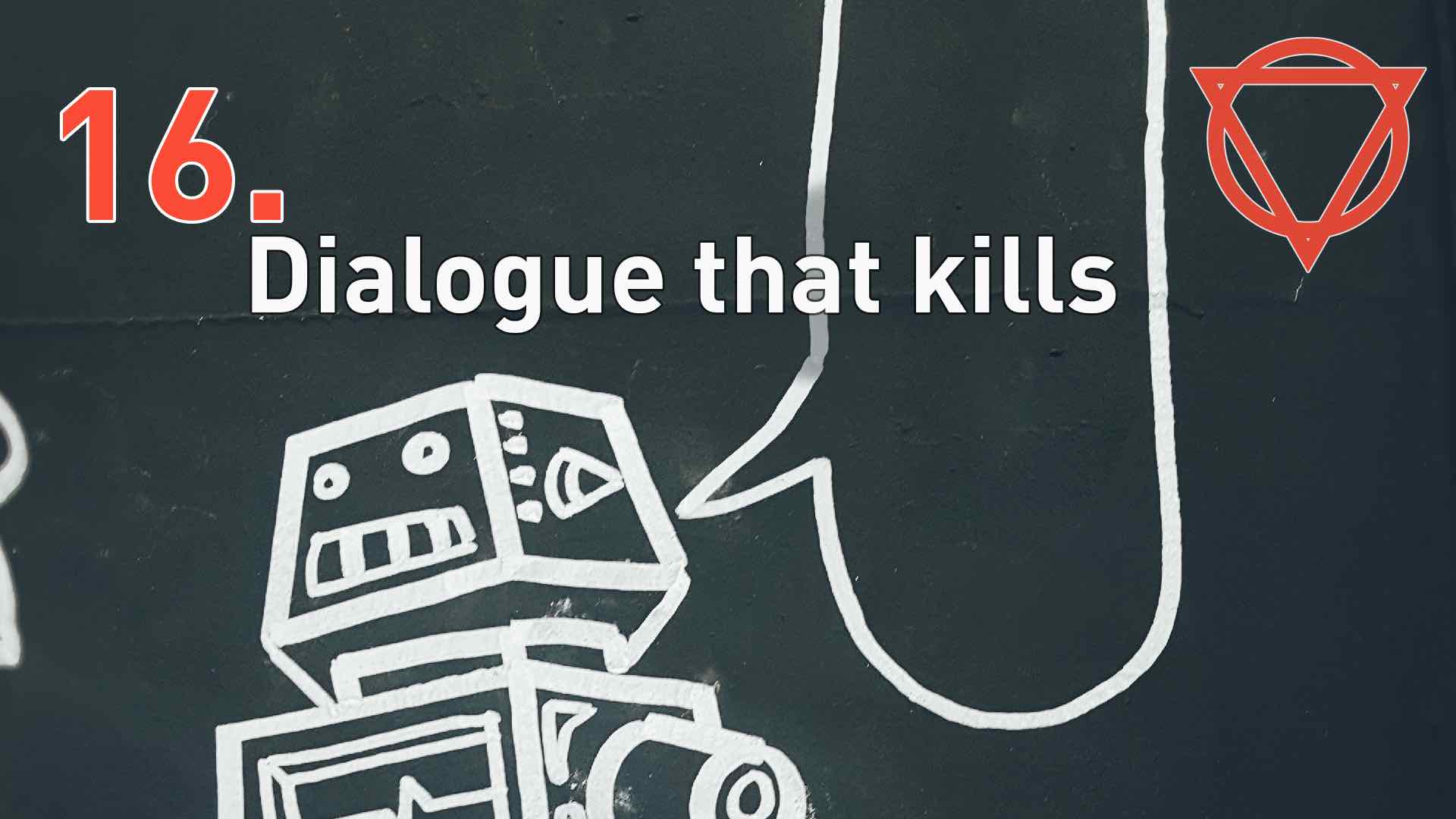Why does your screenwriting dialogue suck so hard?
16. Dialogue that kills
Do you feel as though dazzling dialogue just comes to you in your scripts? Do you open the floodgates of your Oscar-bait creativity and just watch how pure art colors every page? Chances are the answer is “no”. We’re here to tell you exactly why your dialogue probably sucks ass – and precisely what you need to do to make it shine like gold nuggets in a clear mountain stream.
When Patrick Somerville wrote the character of Annie (Emma Stone) in Maniac, do you think he just settled for the first piece of dialogue that came to his head?
In Stranger Things, when the Duffer Brothers wrote lines for Eleven’s character (Millie Bobby Brown) – someone being experimented on in captivity her whole life and quickly having to grow up in the real world – do you think they just stormed through and wrote any old garbage?
Of course not.

Craft your characters prior to writing them
Your dialogue will only be sufficient if your characters have been crafted carefully prior to writing. You must know your characters intimately: their fears, strengths, home life, professional life, attitudes, political outlook, hobbies, childhood and past, peanut butter and jelly or ham and cheese – the list goes on.
You need to have at least a one-page biography on each character with all this information. When you finally get around to writing your script, you’ll know just what each of your characters will say in any given situation – and their dialogue will be electric!

The silence is as important – or more so – than the words
Pay attention to the inverse when it comes to the words your characters say. Remember: anything a character says is all about what’s being left out. People never say exactly what’s on their minds – their brain filters out what they feel deep down they shouldn’t say.
There is a study of psychology about just this. That’s right, psychology – bet you didn’t see that coming! Lay down some metaphorical plastic wrap, because your mind is about to be blown all over the shop with some Freudian explosives.

The id, the ego, and the superego
The mind uses three levels to process actions.
The id refers to good old primal, animalistic desires. That chocolate cake makes you want to devour it; that week-old sandwich molding over in the back of your fridge disgusts you; that hot coworker makes you want to bump uglies with them – it’s a biological response.
The id tends to be the subtext in dialogue. Everyone has desires they can’t or won’t act on, and dialogue is a great way to show subtly (often via what’s missing) what a character really wants.

The ego tames the id. It’s how you evaluate the best way of achieving your desires without causing harm to yourself. The ego reminds you the chocolate cake might have a bit of an effect on your love handles, the rotten sandwich might make you sick, and you might want to ask that coworker out on a date first.
Then there’s the superego, which controls your consideration of other people, not just yourself. The superego helps you evaluate how actions affect others. This is the part of the mind that reminds you that eating that chocolate cake before you pay for it is unethical, and that you’re married and attempting to sleep with your hot coworker might be a bit of a slap in the face to your spouse.

Psychology is at the root of personality – and therefore your characters
This information may seem a bit academic, but when you want to create multidimensional characters, this psychology is at their root. It’s the starting point of making someone unique and believable.
If you want to disregard these tips, by all means go right ahead. However, if you want readers to make an instant emotional connection with your characters and hang on their every action, take this advice and make something great. A captivating character can make your script into a page-turner (even if the rest of the story ain’t so great).

Homework
Want to write dialogue to make Aaron Sorkin blush? Want to write dialogue to make Tarantino’s weird backward cap blow off? (Seriously, what is that thing?) Just follow the exercises below.
Task 1
You wanna be a contender? You wanna be somebody?
When watching a movie, type up the dialogue being spoken on screen. This gets you in the habit of physically writing great professional dialogue, seeing it right in front of you; it embeds what dialogue should be into your mind and hands.
![]()
Task 2
Do I really sound like that?
Next time you’re subtly observing people in your local coffee shop, note how they speak to each other. People don’t speak in perfect sentences. Notice how people’s speech is disjointed.
Notice how people communicate physically, too. Remember: you don’t always need words. People give more away in their actions than their words.
This exercise will strengthen your ability to write authentic-sounding characters.
Next step
Jump in and write the first act of your script – the start of your “slab of clay” draft, what some writers call “draft zero”. The point is to provide an overview or preview of your final product.



